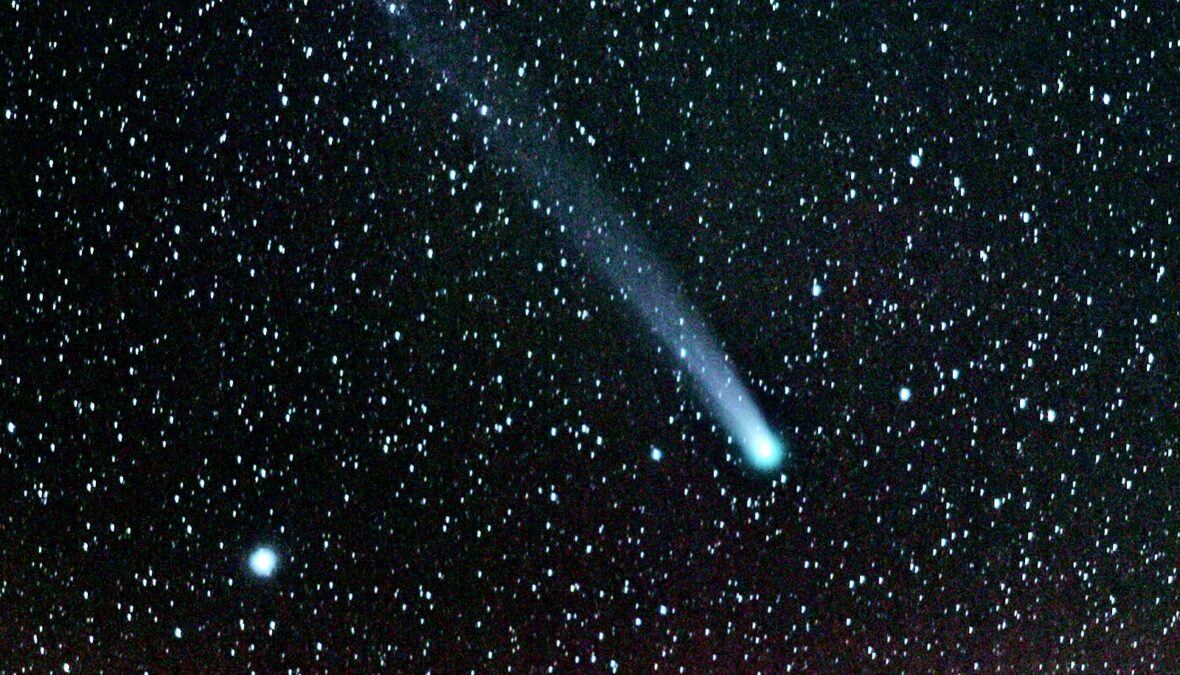Comets have fascinated humankind for centuries. While some people worshipped them, others feared them. But that was back when they held so much mystery. Take a look below for 18 incredible and unbelievable facts about comets.
1. Comets have a nucleus. This is the centre of the comet and it consists of ice and rocks.
2. The nucleus of a comet can be as small as 10 km or larger than 100 km in diameter.
3. The nucleus is surrounded by dust and gas (carbon dioxide, water vapour, ammonia, etc.). Scientists call this the coma.
4. The nucleus and the coma are invisible to the naked eye. The only part of a comet that people see from Earth is the dust tail because it is blowing away from the nucleus as the comet hurtles through space.
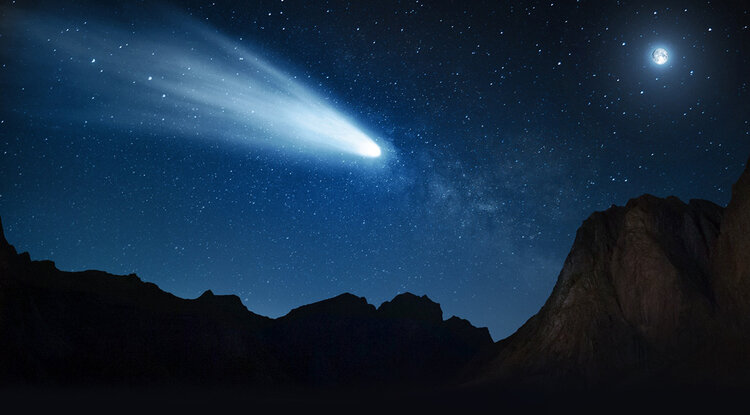
5. The dust tail, which consists of dust and small particles, is the brightest part of the comet. It reflects the light of the Sun.
6. Comets have a second tail, a so-called ion tail that consists of ionised gases being blow away from the Sun because of the comet’s interaction with solar winds. The ion tail is typically blue and it can stretch 360 million miles.
7. There are more than 4,000 comets in the Milky Way.
8. Most of the comets in the galaxy come from the Kuiper belt and Oort Cloud.
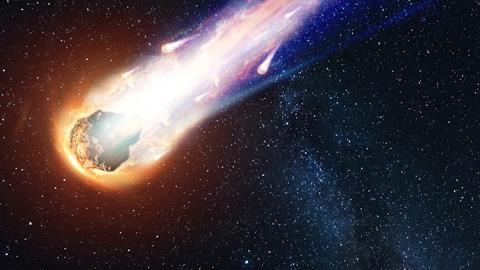
9. Most comets are only a few thousand years old.
10. Comets orbit the Sun. They follow an elliptical path.
11. When a comet gets too close to the Sun, sublimation will cause it to lose some of its mass. If this keeps happening, it will fall apart, essentially dying.
12. Comets can also die by crashing into larger objects.
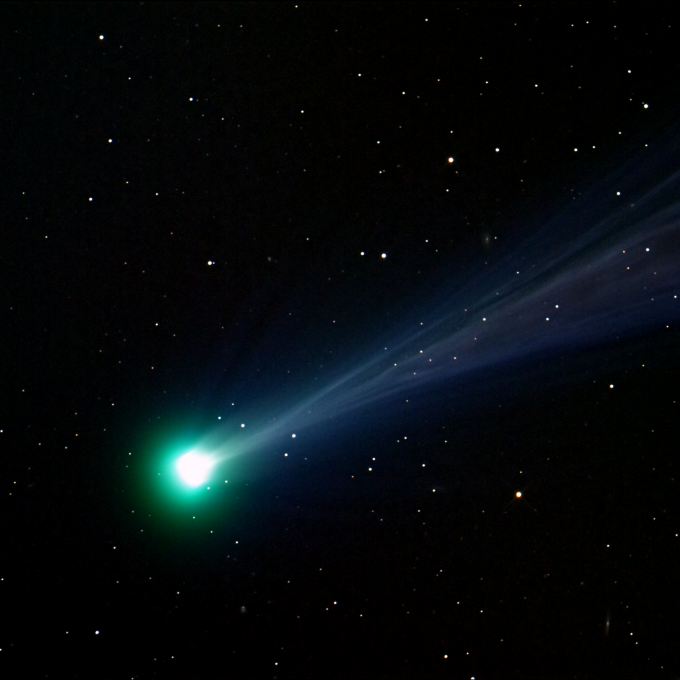
13. 28 million years ago, one such comet struck the Sahara Desert.
14. There are scientists who believe that comets brought life to the planet. They discovered that the water in a comet was similar in composition to the water in the oceans on earth. That was in 2011. In 2009, a NASA probe found amino acid glycine in a sample taken from a comet. This is one of the essential building blocks of life.
15. There are records of mankind observing comets going as far back as 500 BC.
16. It is generally assumed that Edmund Halley discovered Halley’s Comet, the most famous of the comets. But some attribute this discovery to the Chinese in 239 BC. Others have awarded that honor to the Greeks in 467 BC.
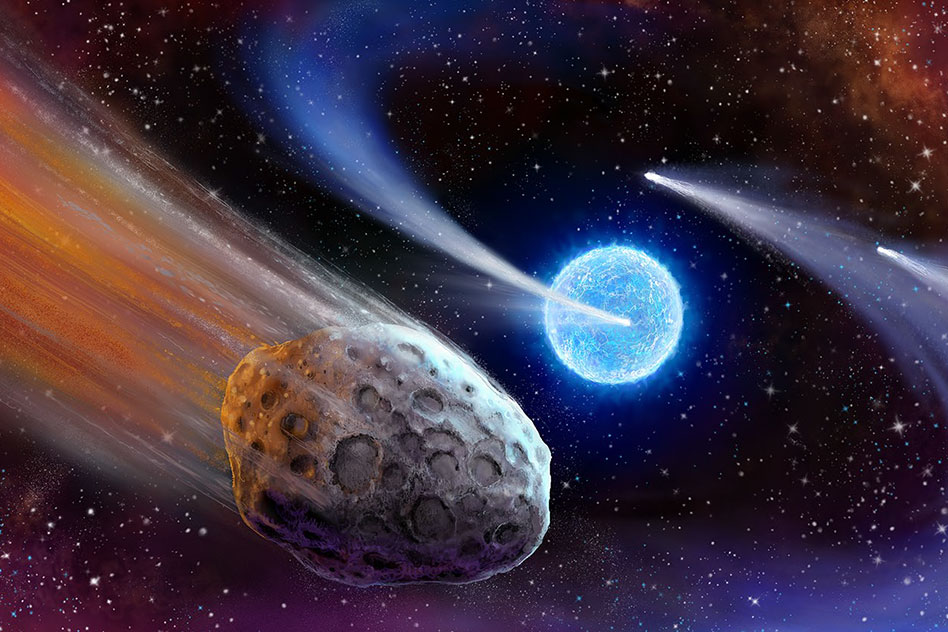
17. When comets shed small rocks during their elliptical path around the sun, those small rocks form a dust trail that is responsible for the meteor showers that people on earth observe.
18. Nero, the Roman Emperor, thought that a comet was a sign that his enemies would attempt to assassinate him. In response, he took steps to have all his living successors killed. William the Conqueror, on the other hand, was sure that his invasion of England in 1066 would succeed because of the boon that the presence of a comet promised.

